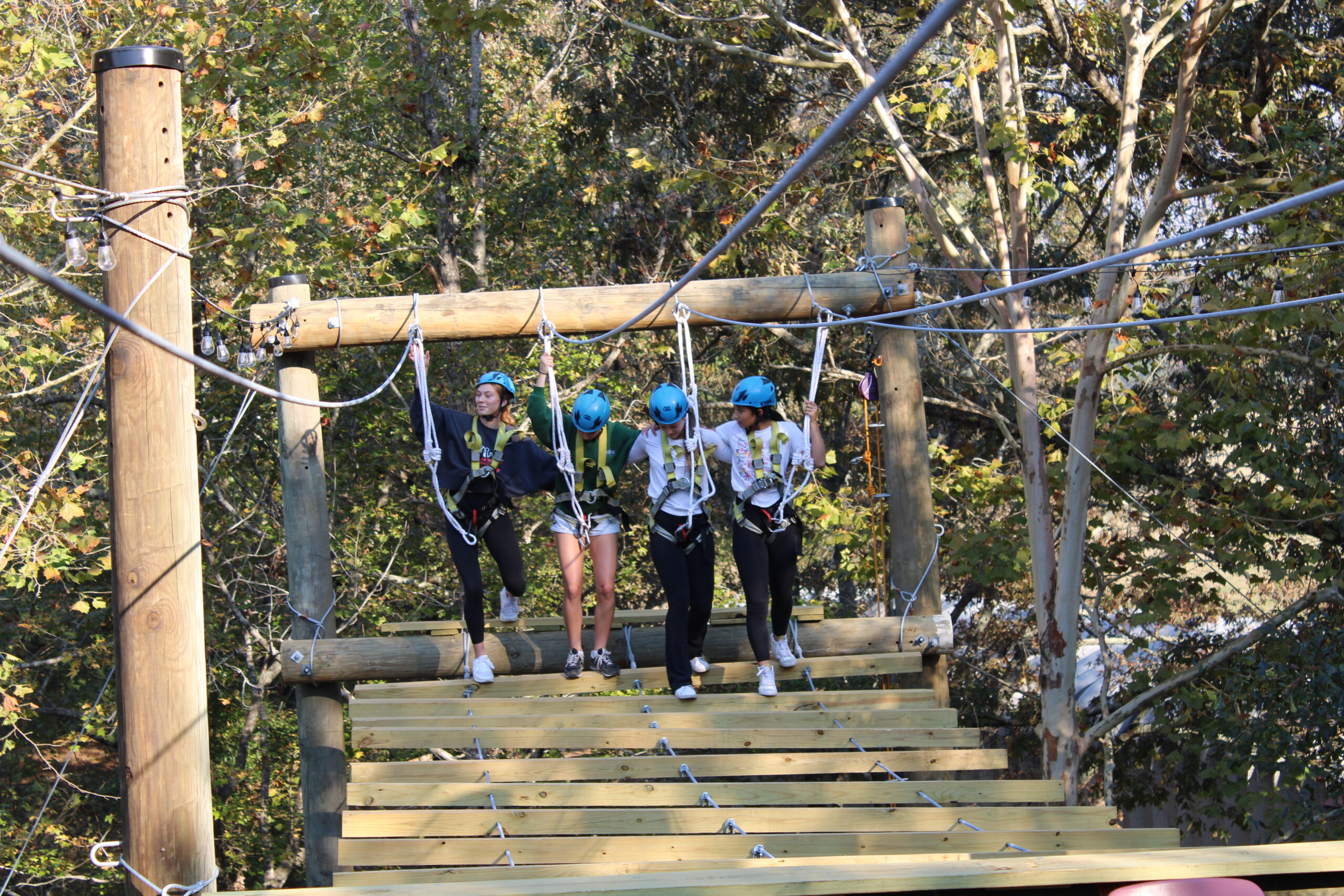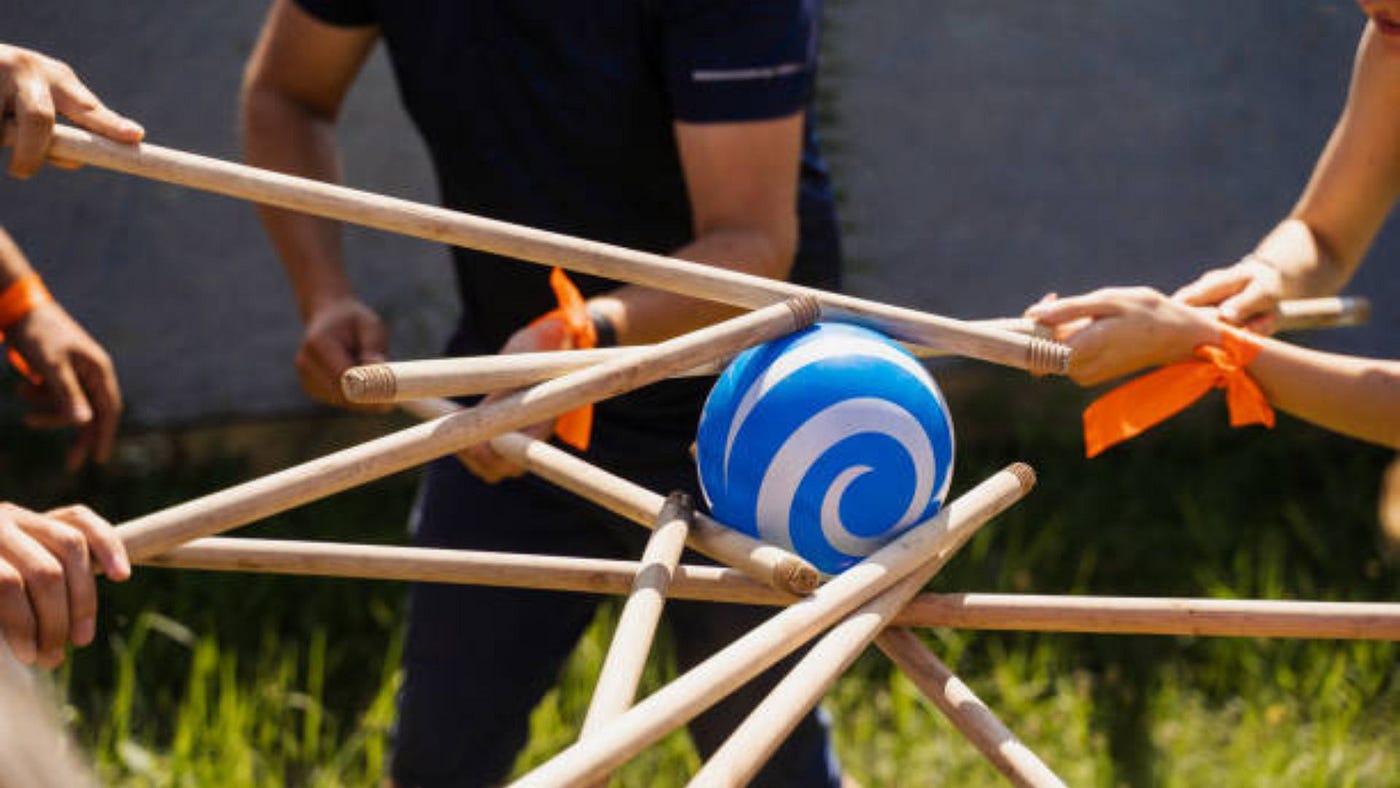Immerse Your Team in a Dynamic Difficulty Training Course Experience for Growth and Unity
In the realm of team growth and communication, the application of vibrant challenge courses has emerged as a compelling method to cultivate growth and unity amongst team members. As teams deal with these trials together, they are often faced with the opportunity to find untapped possibility, strengthen bonds, and discover new strategies for functioning collectively in the direction of common objectives.
Advantages of Dynamic Difficulty Courses
Taking part in vibrant obstacle courses provides teams a hands-on chance to develop important interaction and problem-solving skills in a literally interesting environment. These programs give a distinct setting where staff member are confronted with numerous obstacles that require cooperation, effective communication, and fast decision-making to overcome. By participating in activities such as high ropes programs, team structure video games, and analytic obstacles, participants are pressed out of their convenience areas, cultivating personal and team growth.
One significant advantage of vibrant challenge training courses is the improvement of interaction abilities within groups. Through dealing with difficulties together, staff member learn to interact much more efficiently, pay attention actively, and provide clear directions to each other. These experiences equate straight into the work environment, enhancing general synergy and performance. Additionally, these training courses advertise analytic skills by calling for groups to think seriously, plan, and adjust to altering situations instantly. This ability to resolve problems successfully under stress is an important property in any kind of expert setting. In general, vibrant challenge courses provide an all natural approach to team development, integrating physical task with skill-building to advertise unity and development.
Group Building With Barrier Navigation
Obstacle navigation on a dynamic obstacle course motivates group members to count on each other's strengths, problem-solving abilities, and resilience. By confronting physical and psychological hurdles as a natural system, team members find out to utilize individual abilities for the cumulative advantage of the team.

Enhancing Interaction Skills and Trust
Structure upon the structure of strengthened interpersonal relationships developed with getting over obstacles as a group, the focus currently moves in the direction of improving communication skills and promoting depend on within the team dynamic. Efficient interaction is important for ensuring that group members comprehend each other's objectives, perspectives, and techniques. By involving in tasks that require clear and succinct interaction, such as browsing a difficulty course blindfolded or solving an issue with minimal verbal signs, employee can practice active listening and reliable expression of concepts.
Trust fund is an additional vital element in group dynamics. Trusting your colleagues means believing in their capabilities, objectives, and dependability. Via joint challenges that necessitate a high level of depend on, such as a trust fund autumn or a ropes training course where team members count on each various other for safety and security, individuals find out to allow go of worry and question, cultivating a sense of unity and communication within the group. By honing communication skills and building count on, teams can accomplish better harmony and performance.
Promoting Sociability and Unity
Unity among staff member is the cornerstone of a natural and strong group dynamic, important for accomplishing common goals and fostering a sense of friendship. When group participants really feel united, they are a lot more likely to communicate effectively, count on each other, and work collaboratively towards a typical purpose. Cultivating sociability within a group can be achieved through numerous activities during a vibrant obstacle program experience. These tasks motivate group participants to rely on each other, build common regard, and appreciate the unique strengths that each individual gives the group. By joining challenges that call for teamwork and coordination, staff member develop a much deeper connection and understanding of one another, causing a strong sense of unity. This unity not only boosts teamwork throughout the challenge course but also lugs over into the workplace, developing a helpful and positive atmosphere where individuals really feel valued and motivated to function in the direction of shared success.

Methods for Long-Term Team Development
By defining certain targets, team members can align their initiatives in the direction of a common function, fostering you can try this out motivation and responsibility. Encouraging open discussion, providing positive comments, and actively listening to team members can boost cooperation and trust within the team.
Additionally, investing in continuous learning and growth opportunities can help team participants acquire brand-new skills, remain engaged, and adjust to progressing obstacles. Whether via training programs, workshops, or mentorship efforts, supplying avenues for personal and specialist development can add to the team's overall success.

Verdict
To conclude, dynamic difficulty training courses offer various advantages for team growth and unity. By taking part in barrier navigation, group members can improve their interaction abilities, build depend on, and foster camaraderie. These experiences give a system for long-term group advancement and development, leading to a more natural and effective team dynamic. Accepting the difficulties provided in these programs can inevitably result in a stronger and extra unified group.
In the world of team advancement and cohesion, the use of dynamic difficulty programs has actually emerged as a compelling approach to promote development and unity among team members. By involving in activities such as high ropes programs, team building games, and analytical obstacles, individuals are pressed out of their comfort areas, promoting individual and team development.
In essence, group building through challenge navigating is a reliable method to cultivate a supportive and interconnected team have a peek at these guys dynamic.
